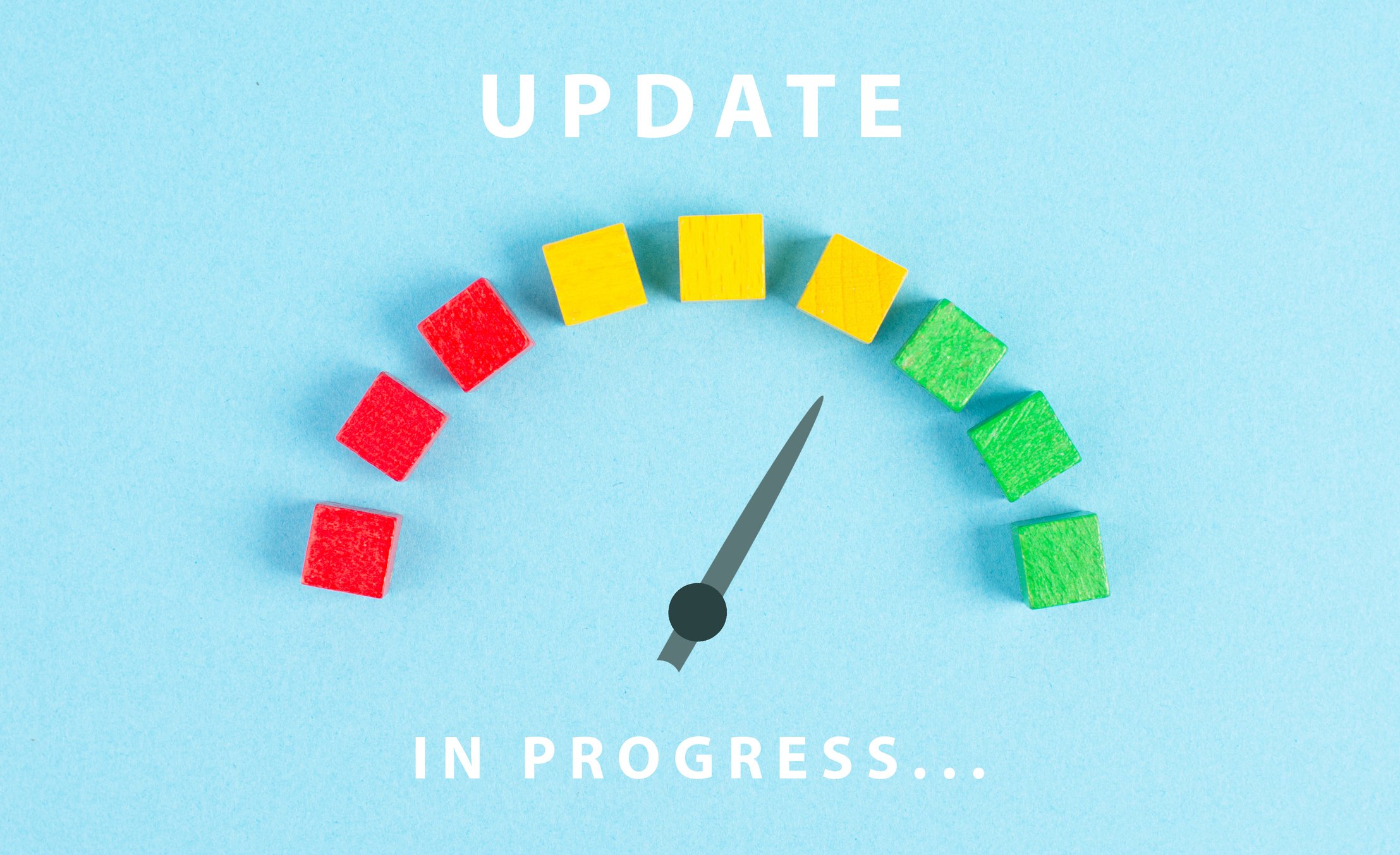We’re often asked whether it makes sense for someone to convert money from an IRA or a 401(k) to a Roth IRA. In short, it depends. The primary difference between these accounts is how they’re taxed. Roth money is taxed before its contributed and all future growth on the money is tax-free (limited exceptions apply). Traditional IRA and 401(k) money is taxed only upon withdrawal. All contributions to these accounts are tax deductible (again, limited exceptions apply).
Because so much of retirement planning is about managing tax liabilities, Roth conversions can sometimes be a worthwhile technique to help you optimize for the best tax situation now and in the future. Everyone is different, but we’ll dive into a few situations where a conversion makes sense.
Roth conversions are about taxes. If your tax bracket at the time you distribute from a Roth is expected to be more than at the time you converted or contributed to the Roth, then it may be worthwhile to convert. For example, you may be in the 32% tax bracket prior to retirement but expect to be in the 22% bracket upon retirement. Roth conversions don’t make much sense here – why pay 32% to convert to a Roth today when you could lower your income with traditional contributions and withdraw them later at 22%?
The short answer is that you wouldn’t convert. But it could make sense to convert later when in the 22% bracket. But remember, converting while in the 22% bracket only makes sense if you expect to be in a larger bracket later.
Good savers tend to have large pre-tax retirement accounts balances (i.e. what you saved while you were in the 32% bracket in the earlier example). The current rules require mandatory distributions from pre-tax retirement accounts beginning at age 73. You may be able to retire prior to this age and live comfortably on a mix of social security, pensions, and distributions from taxable accounts while your pre-tax balances continue to grow. Depending on your income level and the size of those required distributions, you could be bumped up into a higher bracket upon reaching age 73. Roth conversions can help mitigate this.
Conversions completed between the time you retire and the time you reach your first required minimum distribution may be able to move enough from the pre-tax side of your balance sheet to materially lower those required minimum distributions at age 73. This may be enough to bring down your lifetime tax burden.
Why lifetime? Because Roth conversions will increase your taxable income in the short-term. Every dollar converted is an additional dollar you pay regular income tax on. You will pay more in income tax from age 62 to 72 when you convert than if you did no conversions at all! You need to have both longevity and patience to reap the rewards from Roth conversions.
Planning for the next generation
Roth conversions may not be solely for you. Your kids and grandkids may benefit as well. Roth IRAs will pass to your kids and grandkids income tax free. Traditional IRAs and 401(k)s will not. These will be taxable to them just as they were taxable to you during your lifetime. However, when your kids and grandkids withdraw it will be at their tax brackets and not yours.
If your tax bracket is lower at the time of conversion than their bracket is expected to be at the time of distribution, then Roth conversions may still make sense. Remember, the decision to Roth or not to Roth is always about taxes. Even if conversions don’t immediately benefit you during your lifetime, they can still benefit your kids upon your passing.
Drawbacks to conversions
Roth conversions are powerful and important planning tools, but they aren’t capable of producing financial miracles. A conversion isn’t guaranteed to lower your lifetime tax liability. It won’t work for everyone. This is especially true if tax brackets are lower in the future, however unlikely that may seem now, or if you are charitably inclined and plan to donate portions of your required minimum distributions. You may not need to do Roth conversions to manage your tax liability in that case.
Beyond this, there are the ancillary costs to completing conversions that often go unnoticed. Roth conversions increase your current income, which can phase you out of eligibility for some tax credits and deductions. If you’re over age 65 and on Medicare, remember that the part B and part D premiums are means tested. Increasing your income due to conversions can inadvertently increase the premiums you must pay for coverage. Finally, increasing income may make you subject to additional taxes such as the net investment income tax or the alternative minimum tax. That says nothing of state and local taxes either, whose rates and brackets may not neatly align with Federal brackets.
In all, Roth conversions are powerful yet complicated transactions. There are just so many variables to consider! A conversion may be a great strategy for you, or it could cause more harm than good. If you’re considering whether to build conversions into your planning but aren’t sure how to model it or where to get started, then give us a call. We offer complimentary consultations and can help you work through all the different variables involved in determining whether a Roth conversion is the right call.












